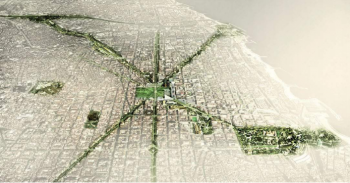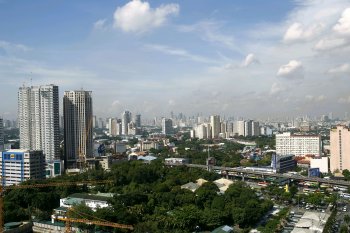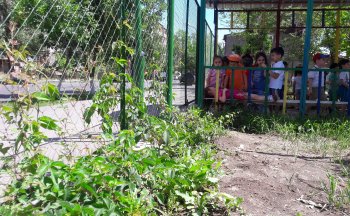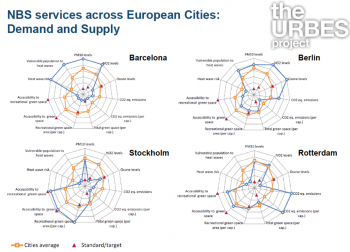The Greenest of the Green block, Helsinki, Finland
Submitted by Marja Mesimäki on 25 June 2018The objective of the project is to investigate the future possibilities of green area development, by exploring the functionality of green areas on the roofs of apartment buildings and to gain insight into the impacts green roofs may have on housing and the sense of community.












